Microgravity treadmills have emerged as a game-changing technology in the field of rehabilitation, recovery and performance. By allowing users to dial in the exact amount of body weight or impact they experience, they can help patients recover from injuries and illnesses faster and more efficiently, as well as athletes to increase performance and enhance recovery.
Four Key Benefits of Microgravity Treadmills
1. Reduced impact on joints and muscles
When you walk or run on a traditional treadmill, your body weight creates an impact on your joints and muscles with each step. This can be particularly problematic for patients or athletes who are recovering from injuries or illnesses that affect their ability to move.
With a microgravity treadmill, the negative pressure environment works to effectively reduce the impact on joints and muscles. This allows the individual to exercise without risking further damage to their bodies, which can speed up their recovery time. It’s also important to note that being able to enter the exact amount of gravity-reduction you want is key so that you don’t take off too much or too little.
2. Increased range of motion
Range of motion is particularly important for patients and athletes who have suffered from injuries or illnesses that limit their mobility. By using a micro gravity treadmill, those individuals can exercise without putting too much strain on their joints and muscles, which in turn can help in regaining range of motion more quickly. It also provides the support structure to be able to focus on having proper form during range of motion without overcompensating or falling.
3. Improved cardiovascular fitness
Because the reduced impact on joints and muscles allows patients to exercise for longer periods, they can increase their cardiovascular endurance without risking injury. This can be particularly beneficial for patients who have suffered from cardiovascular problems in the past. For athletes, the technology can allow them to maintain cardiovascular fitness while injured or recovering from injury, or to enhance cardiovascular fitness through facilitating longer and more intense training sessions.
4. Better balance and coordination
Finally, microgravity treadmills can help patients improve their balance and coordination. By reducing the impact on joints and muscles, patients can focus more on their movements and improve their form. This can be particularly helpful for patients who are recovering from injuries that affect their balance and coordination. The same goes for athletes - with balance and coordination being key factors in most every sport, the Boost can help those athletes to work on these things in a safe and supported environment.

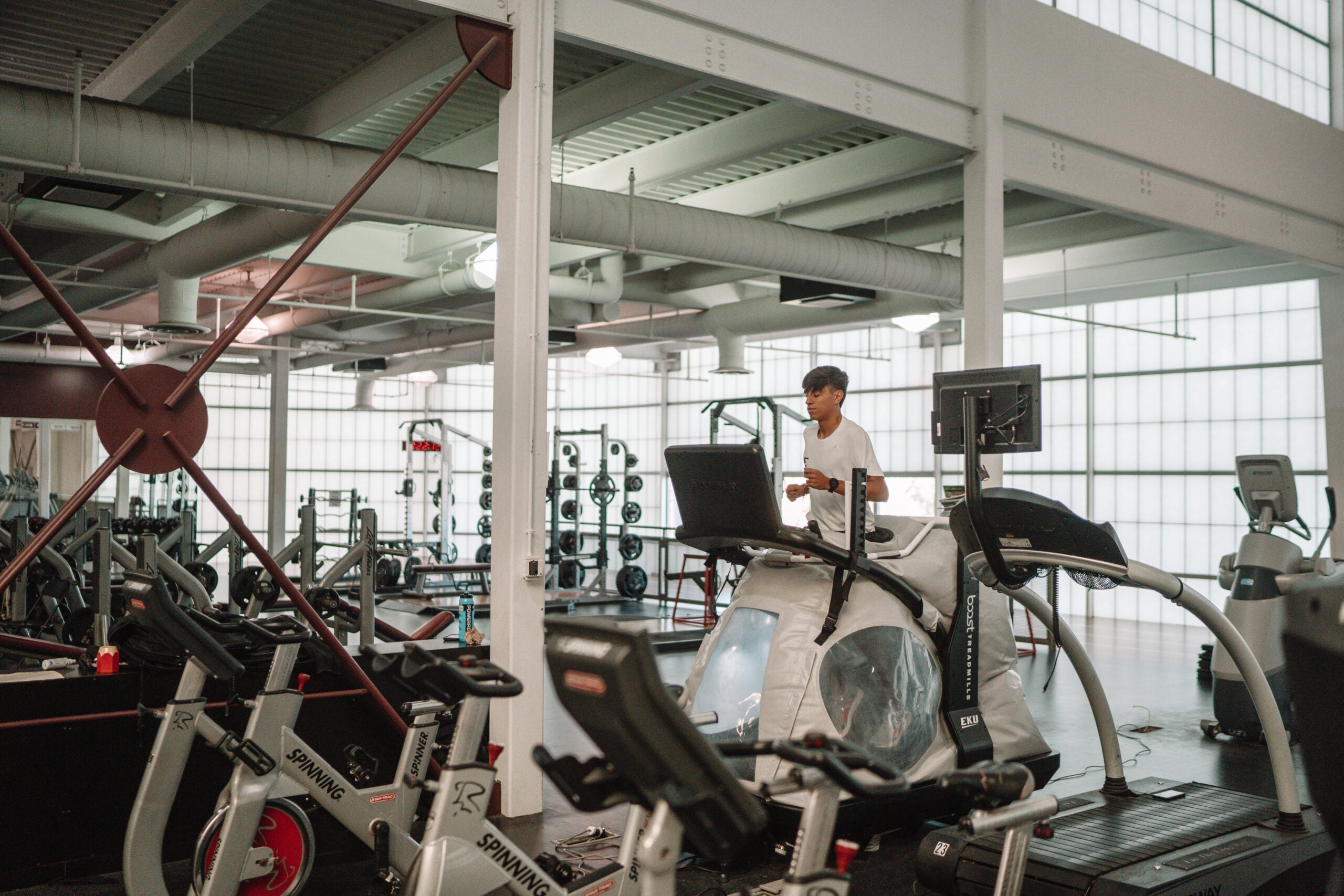
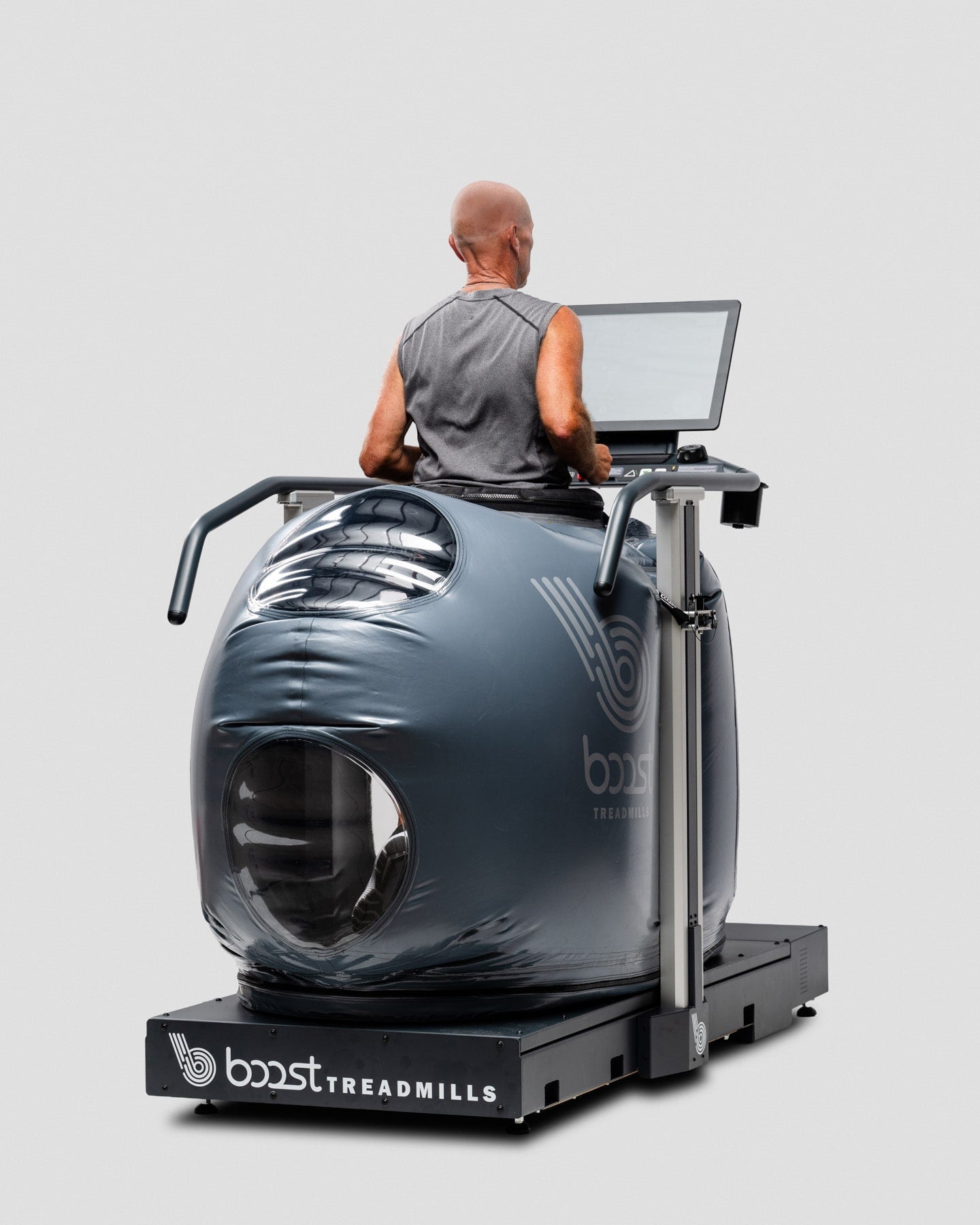
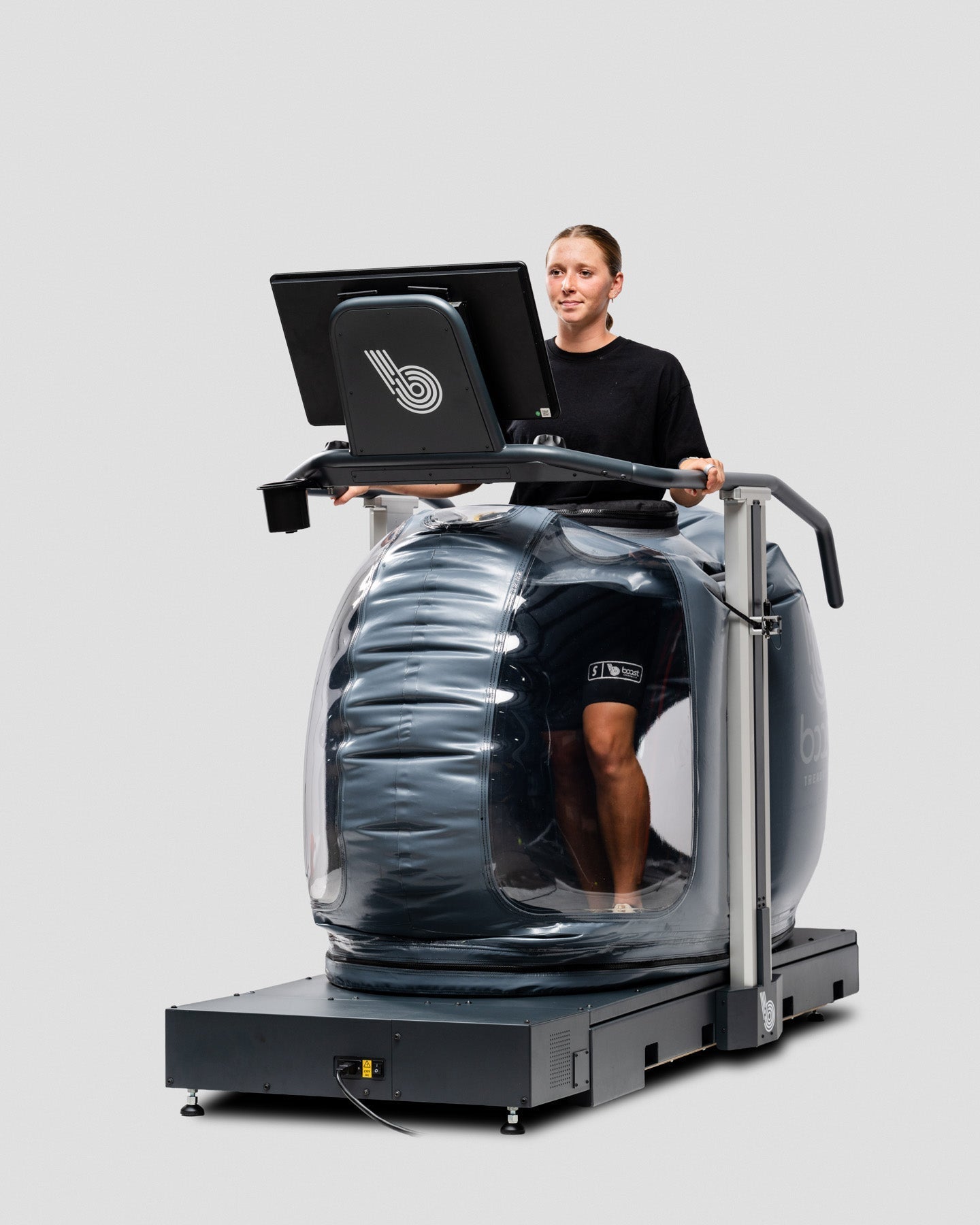
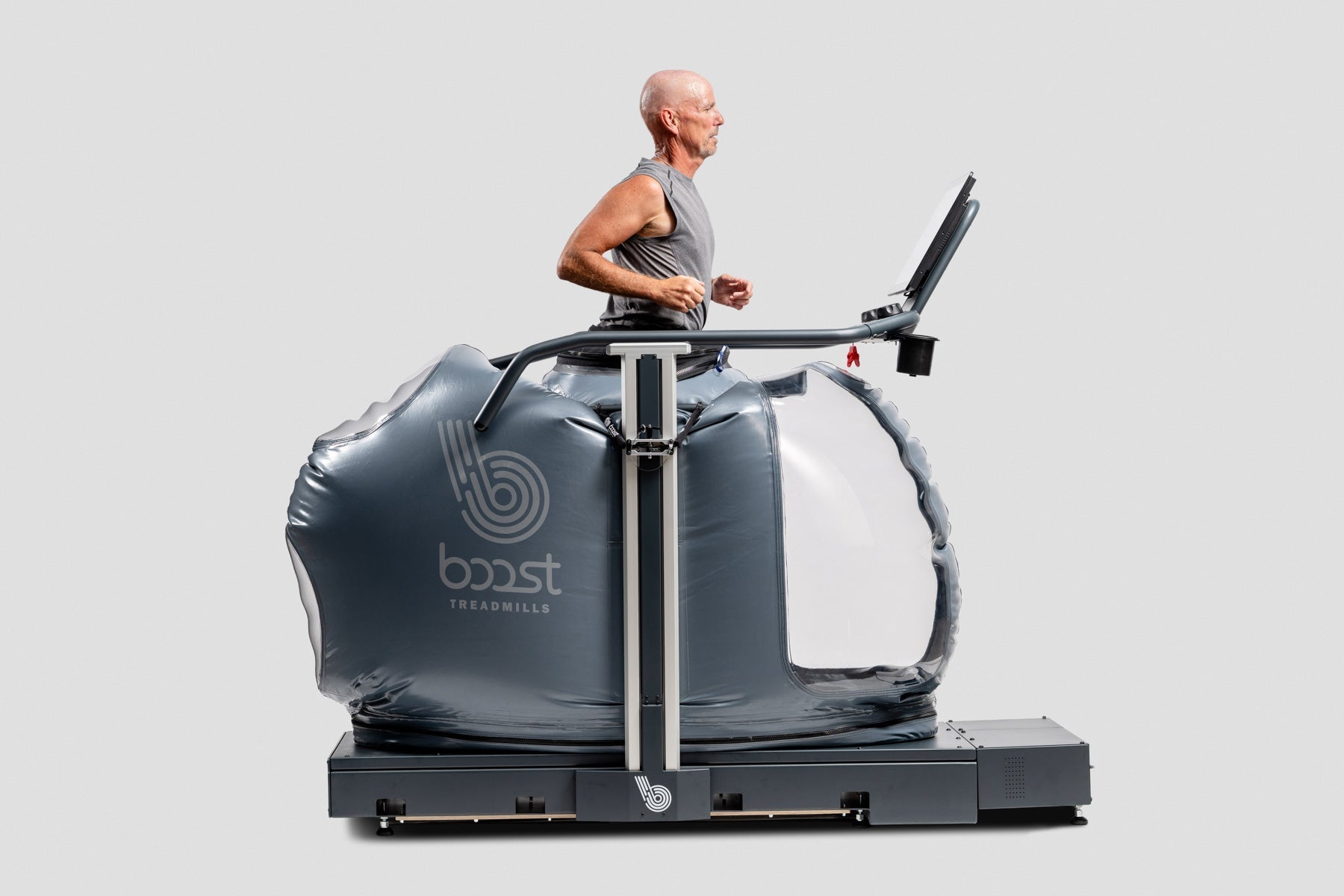
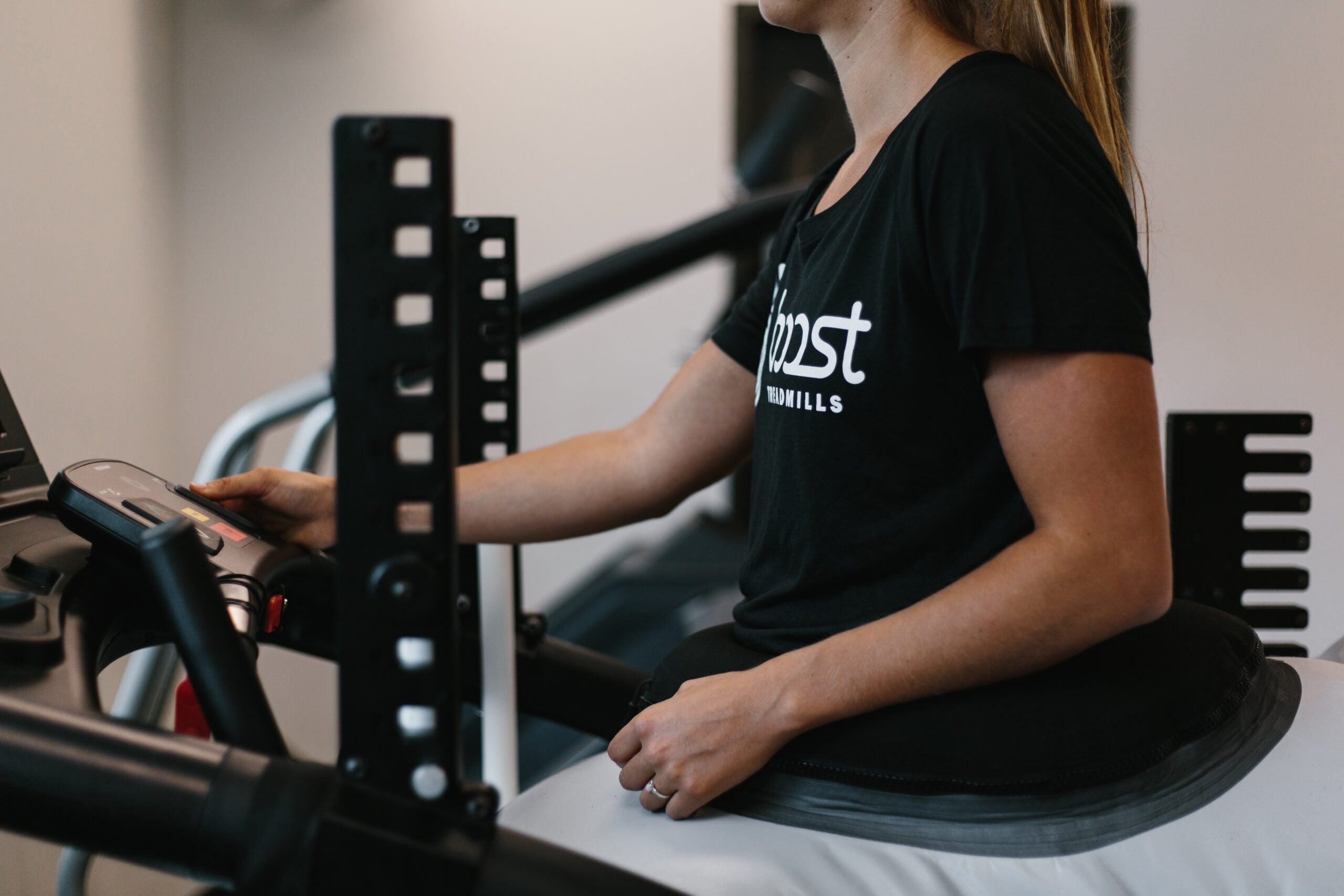
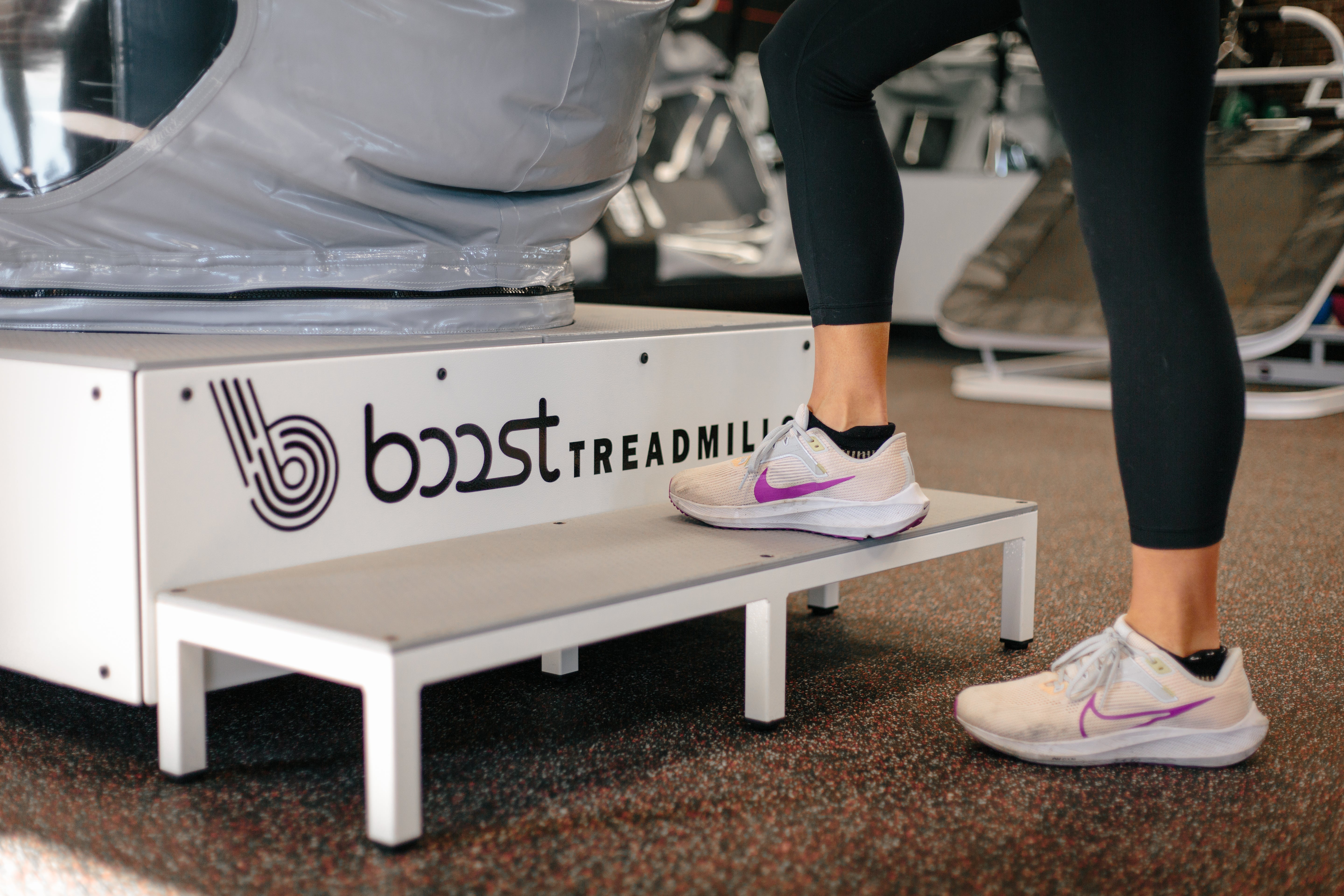
How it Works: The Science Behind Microgravity Treadmills
Are microgravity treadmills worth it?